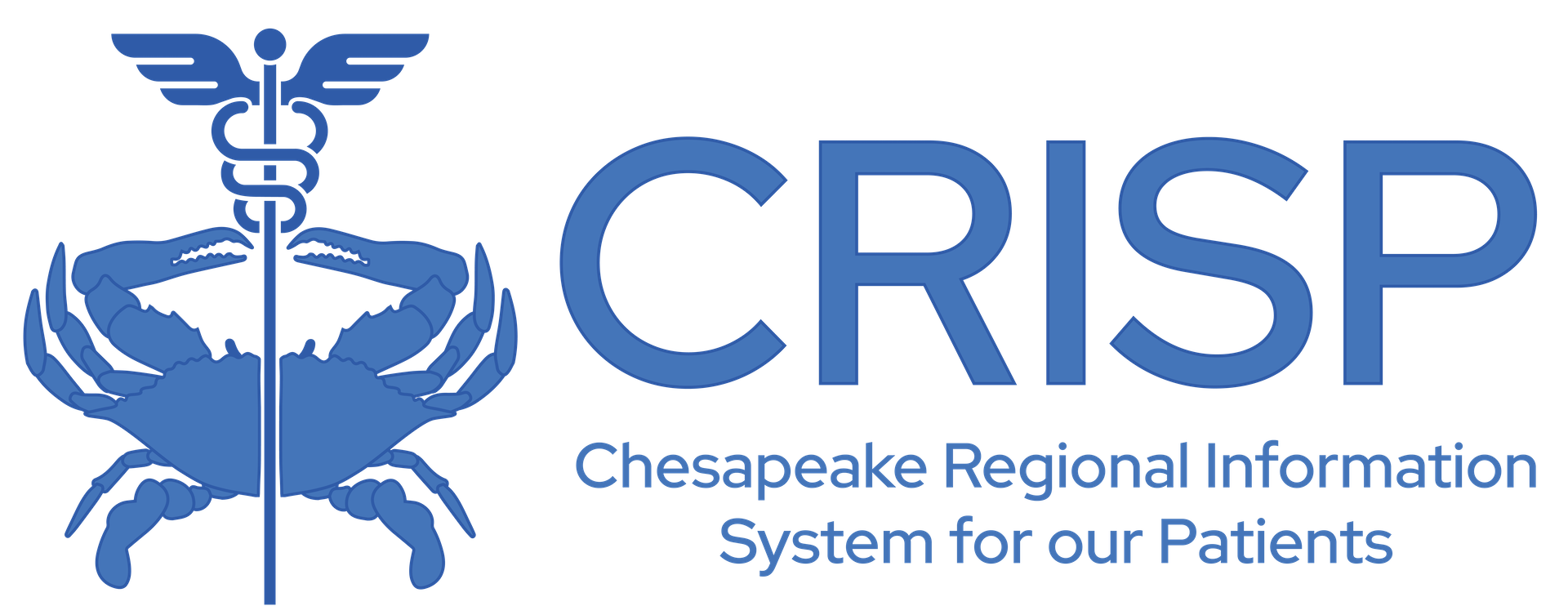CRISP is an affiliate of CRISP Shared Services and is the designated health information
exchange (HIE) in the Maryland. An HIE is a way of instantly sharing health information
among doctors’ offices, hospitals, labs, radiology centers, and other healthcare
organizations. You can find more information about CRISP via our website www.crisphealth.org/for-patients/.
Not all SUD Data is shared with CRISP. You can ask your SUD provider if they are sharing
SUD Data with CRISP. New providers are added each day, but your SUD provider should tell
you if they share information with CRISP. Currently, CRISP receives clinical data (lab results,
discharge summaries, encounters, etc.) from SUD Providers. If you choose to share your
SUD Data, any SUD clinical or claims data will be viewable in the HIE for the purposes of
treatment, payment, and healthcare operations with users of the HIE.
The CRISP consent form allows your SUD Data to be shared for treatment, payment, and
healthcare operations purposes. Your SUD Data will be shared with HIE users, which
include healthcare providers, payors, care coordination organizations, and sometimes state
and local agencies. Your SUD data will only be shared with members of your healthcare
team who indicate they have a relationship with you or have a legal reason for viewing your
information. This could include providers or payers that are outside the state or district if
they attest to having a relationship with you and a legal reason for viewing your SUD data.
CRISP will share your SUD Data with HIE users for the purposes of treatment, payment, or
health care operations. Any of these users who view or receive your SUD Data may share it
with others as allowed by state and federal law, including HIPAA. For example, if your
primary care doctor views your SUD treatment information and records it in your medical
record, then CRISP may share it with other providers, payers, or partners who are involved in
your care or work with your primary care provider.
Patients have the option to choose their preferred expiration date at the bottom of the form.
They can choose to have the consent expire at a date they choose. Patients can also select
“does not expire” above the expiration date if they choose to have their consent not expire.
Patients always have the option to revoke their consent at any time. If you chose to revoke
your consent, we cannot get back the SUD Data we shared before that time.
This consent form is used only for you to allow your SUD Data to be shared to users of CRISP. Your SUD provider may have other consent or release of information forms for you to
complete to share information directly with others.
If you have questions about your SUD treatment information, please talk directly to your
SUD provider. In addition, you can find more information about federal law protecting your
SUD treatment information at the SAMHSA website. www.samhsa.gov.
To learn more about the 42 CFR Part 2 Final Rule, please visit Fact Sheet 42 CFR Part 2 Final
Rule | HHS.gov
If you have additional questions, please contact the Behavioral Health Lead or Provider Relations lead below, who will be more than happy to assist you.
- Maia Gottlieb – Behavioral Health Lead – maia.gottlieb@crisphealth.org
- Jeffery Bahen – Associate Director of MD OPS & Provider Relations – jeffrey.bahen@crisphealth.org


